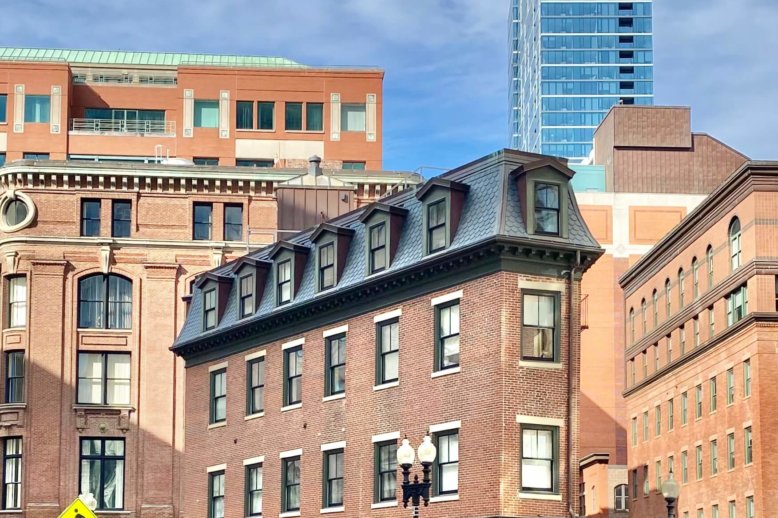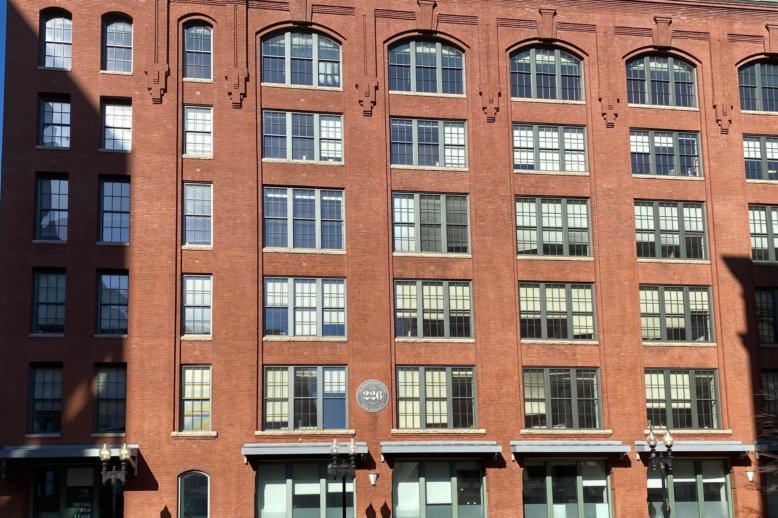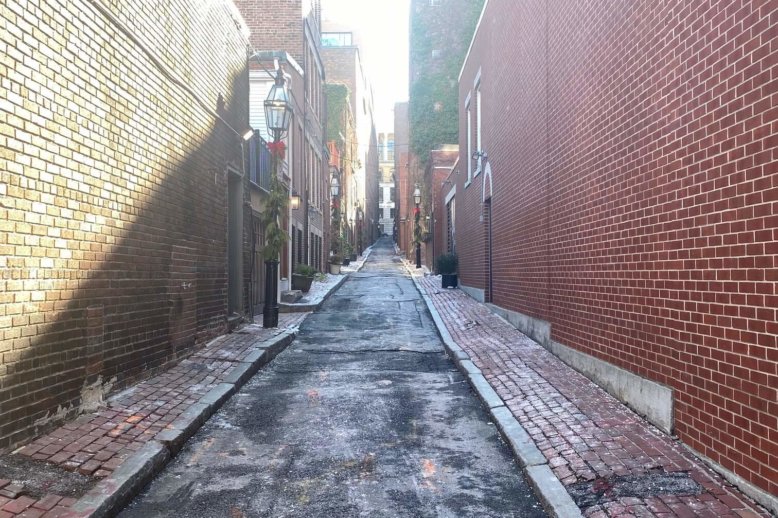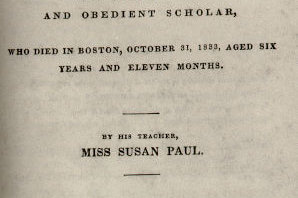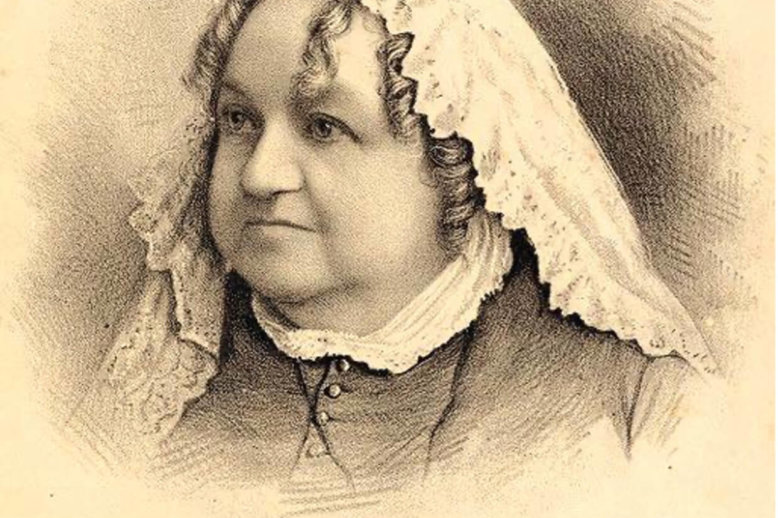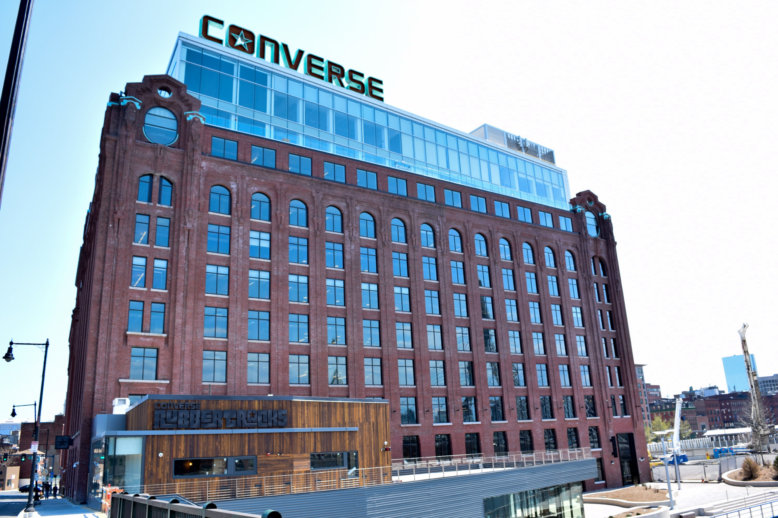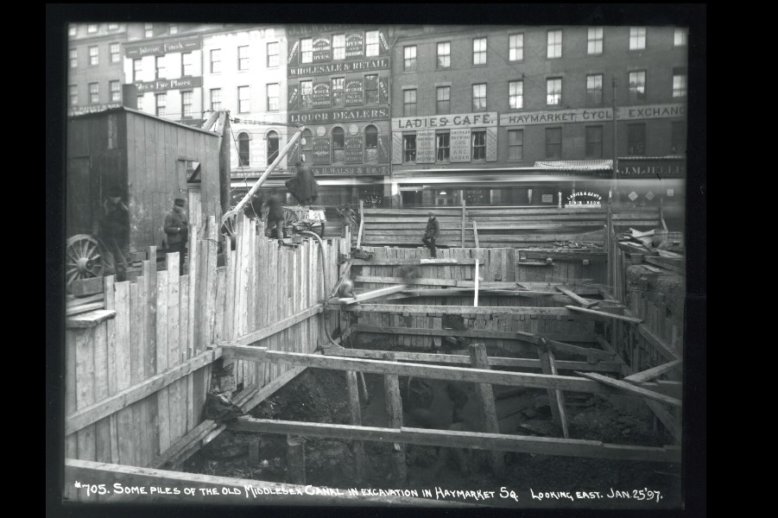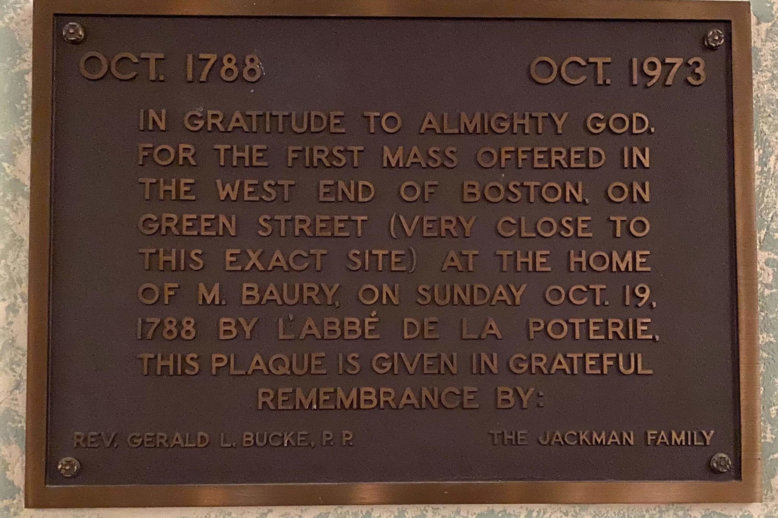Thomas L. Jenks and the Jenks Building
Thomas L. Banks left New Hampshire for Boston in 1845 to pursue a degree in medicine from Harvard University. He settled in the West End where he built a successful medical practice and forged a career in local and state politics. The site of his successful apothecary business, formerly known as the Jenks Building, still stands today at 132 Portland Street and is noted as one of the more architecturally unique historic buildings in the Bulfinch Triangle.

